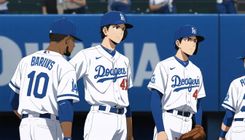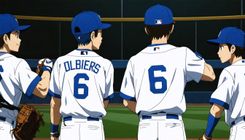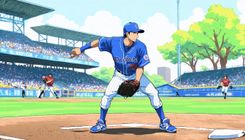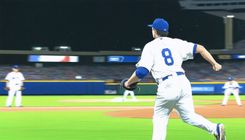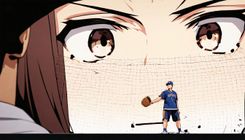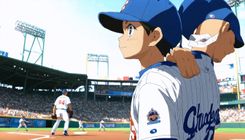Chicago Cubs Offseason Moves: A Step Towards Contention or a Misguided Strategy?
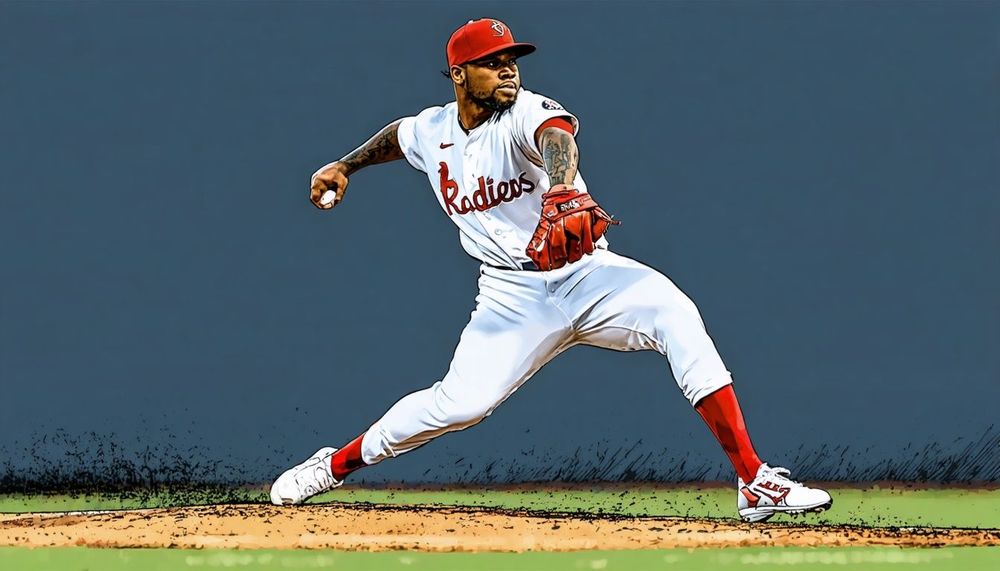
The Chicago Cubs made a significant offseason acquisition by adding Kyle Tucker to their roster. Despite this notable move, the team appears to be lacking a clear direction, as it features a mix of competent players but few standout stars. An agent humorously remarked to Moneyline that this could be seen as the Cubs' 'version of going all-in' in their quest for a championship. Acquiring Tucker from the Houston Astros is a positive development in isolation, as he represents a caliber of player the Cubs have not had for several seasons. Last season, Tucker posted an impressive 180 weighted runs created plus (wRC+), ranking him alongside Juan Soto for the third-best figure in Major League Baseball, only behind Aaron Judge and Shohei Ohtani.
In executing the trade for Tucker, the Cubs did part ways with a top-100 prospect, Cam Smith, though the other components of the deal consisted of non-essential players like Isaac Paredes and Hayden Wesneski. However, only five days after securing Tucker, the Cubs made another move that raised eyebrows: they sent Cody Bellinger to the New York Yankees in what essentially amounted to a salary dump. In return, Chicago received Cody Poteet, an experienced reliever with limited innings in MLB. While there is a possibility of reallocating the money saved from Bellinger's $25 million salary for 2025 to other areas of the roster, there has been no clear indication that the Cubs are pursuing any of the top remaining free agents on the market.
Cubs president of baseball operations, Jed Hoyer, generated considerable discussion during his end-of-season press conference in October, emphasizing that the team's players 'have to beat projections' to establish themselves as contenders. Relying on players to exceed expectations may not be a viable strategy for a franchise of the Cubs' stature. Analysts have suggested that the Cubs should have made aggressive moves for top-tier players like Juan Soto and should consider pursuing Corbin Burnes. Yet, reports indicate they are unlikely to make a play for either. Currently, the Cubs are projected to reduce their payroll significantly in 2025, estimating a drop of $54 million compared to 2024. This situation makes the decision to trade for Tucker, who will enter free agency after one season, perplexing. While the Cubs have a chance to challenge for the top position in the National League Central, especially with the Milwaukee Brewers losing key players, their overall roster, even with Tucker, does not yet match the caliber of other major NL contenders such as the Los Angeles Dodgers, New York Mets, Philadelphia Phillies, or San Diego Padres. The Atlanta Braves may also join this elite group in 2025, depending on the recovery of Ronald Acuña Jr. and Spencer Strider from injuries. If Hoyer's aspiration for player performance surpassing expectations comes to fruition, the Cubs could potentially compete against these formidable teams, but this reliance on projections presents risks as he heads into the final season of his contract in 2025, having not led the Cubs to the playoffs since his promotion in November 2020.
